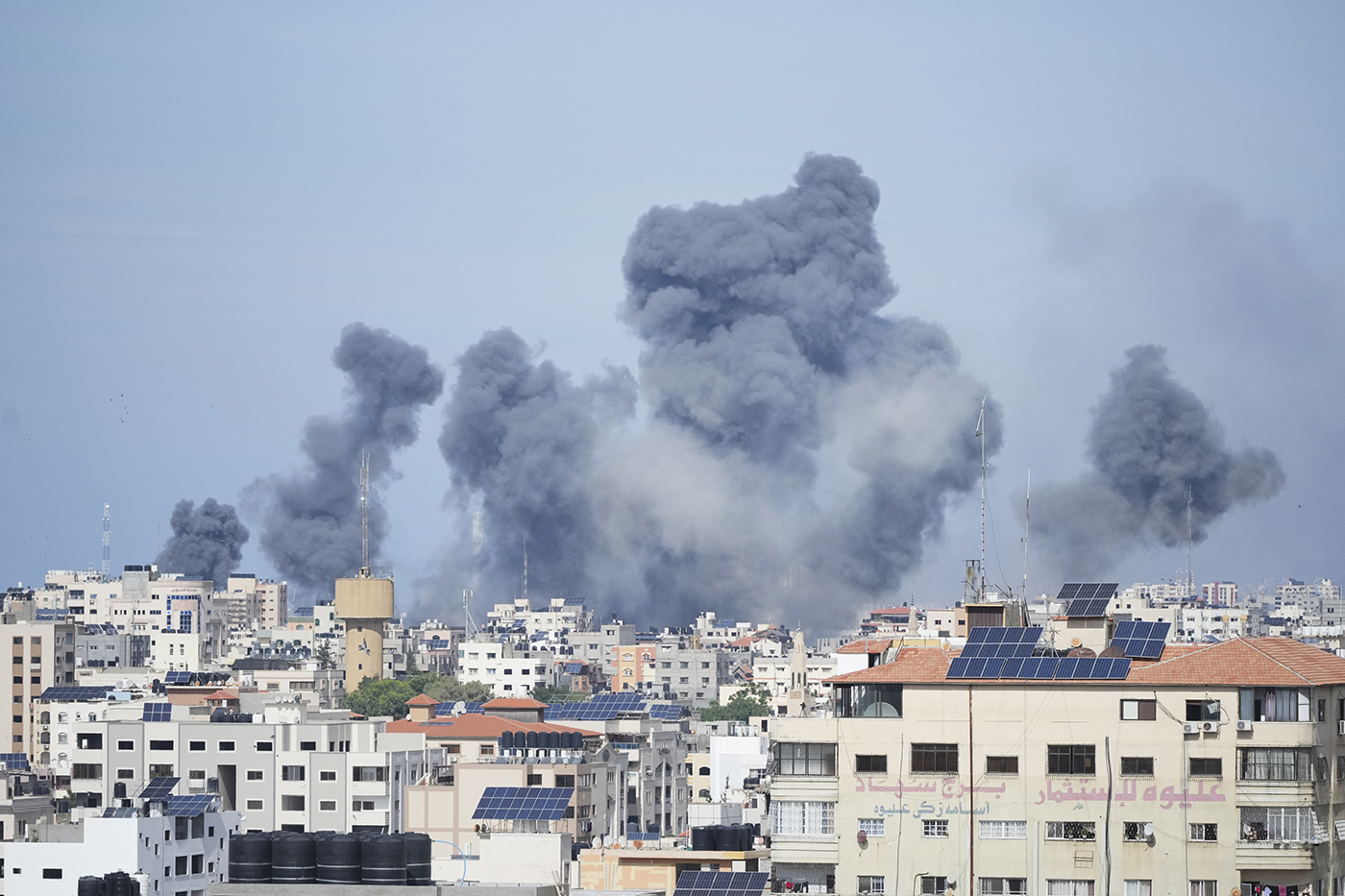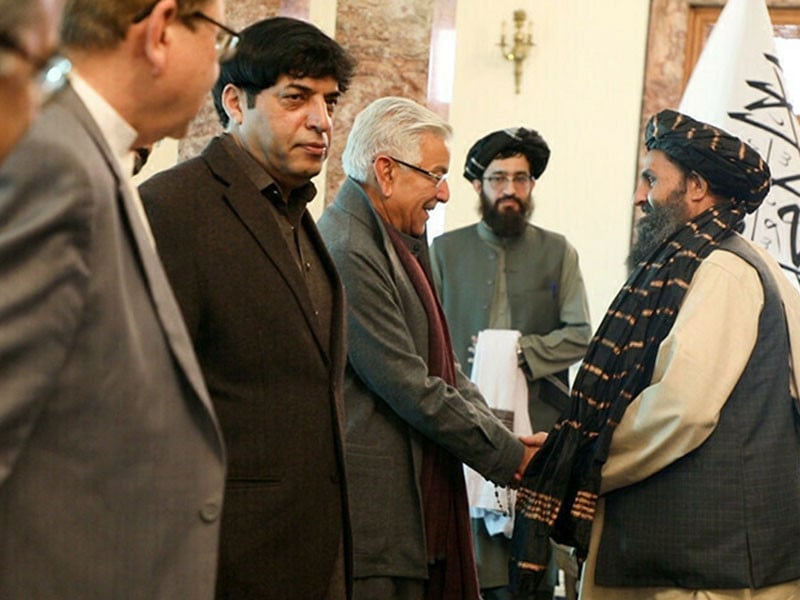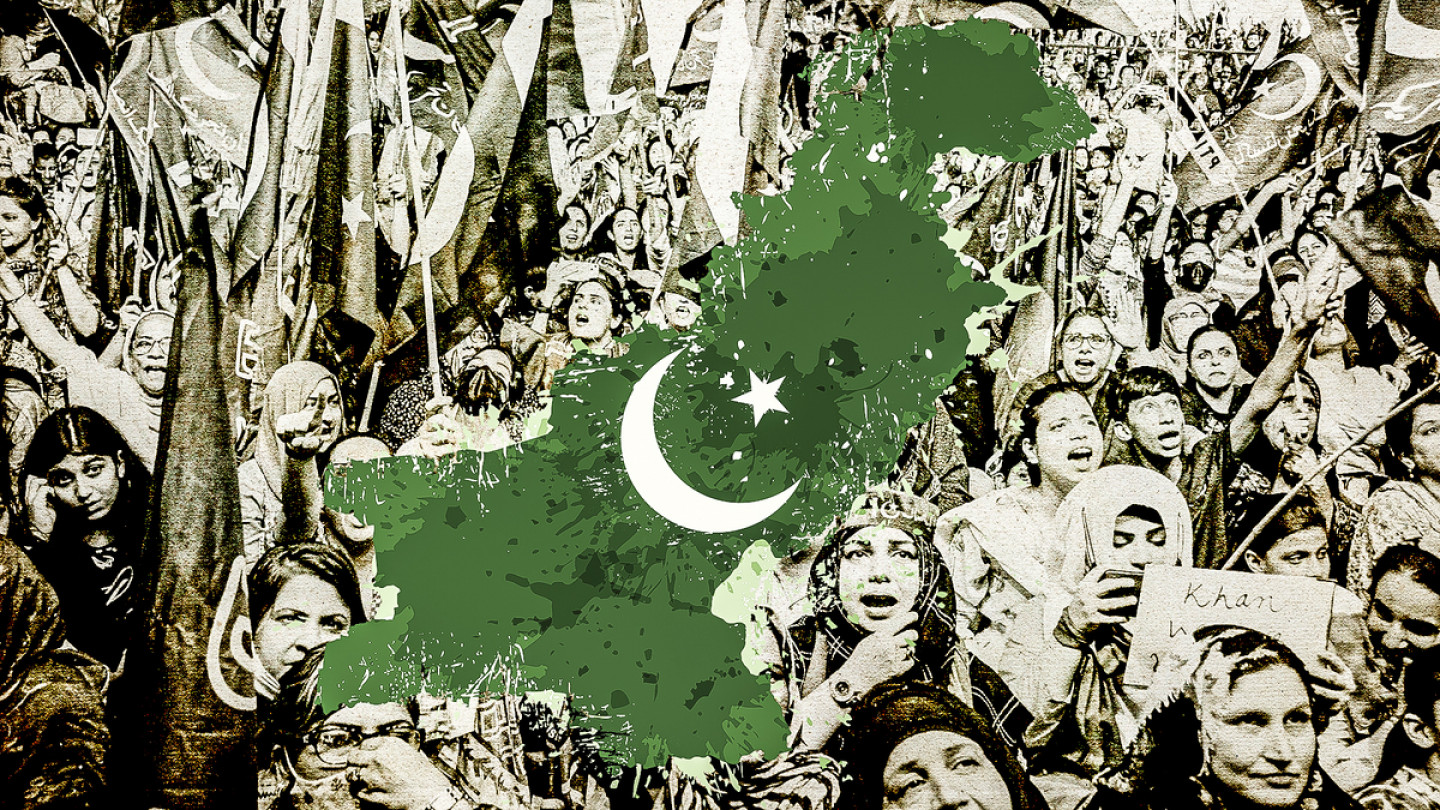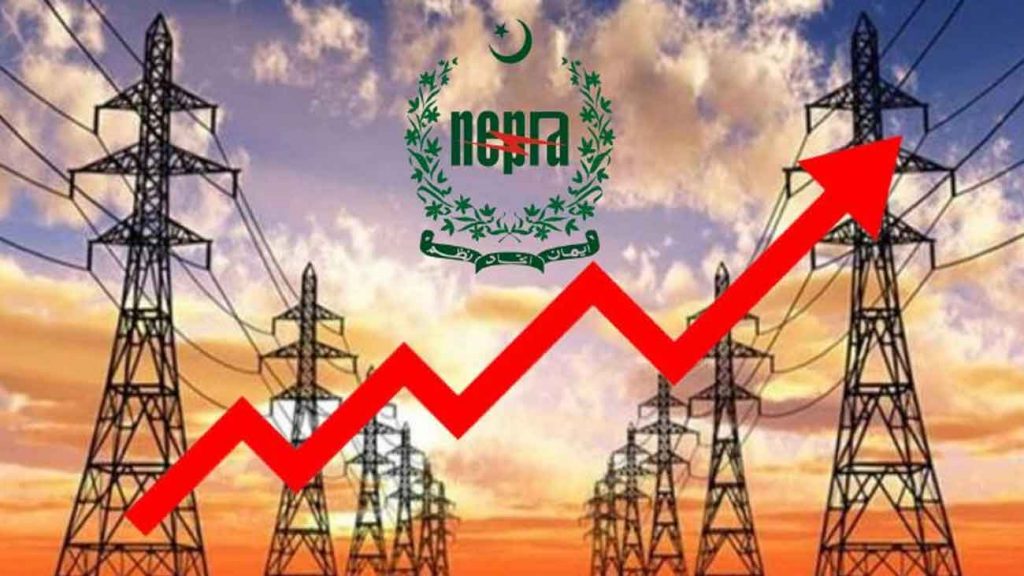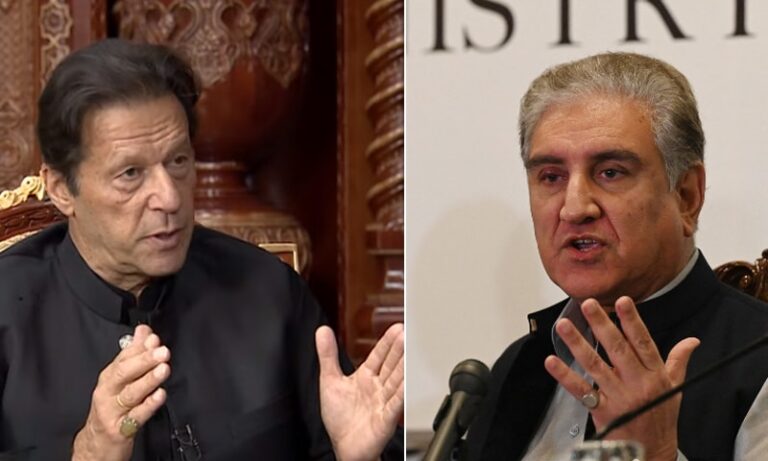Editorial
The ongoing conflict in Gaza has witnessed significant developments, with Hamas adjusting its ceasefire demands and Israeli negotiators engaging in renewed efforts to find a temporary resolution. Hamas, the militant organization governing Gaza, has recently shifted its stance on ceasefire demands. Previously, it insisted on a permanent end to hostilities. However, in light of setbacks, including failed protests during Ramadan and internal political challenges, Hamas has now dropped its demand for a permanent ceasefire. Instead, Hamas is willing to accept a 40-day initial pause in hostilities. This change reflects the group’s recognition that it needs to demonstrate a “big victory” to avoid public backlash due to the immense destruction and loss of life during the five months of war.
The recent developments have weakened Hamas’s negotiating position. The appointment of a new prime minister by the Palestinian Authority (PA) without consultation and the possible death of a key military commander in an Israeli airstrike have further complicated matters. Despite these setbacks, casualties in Gaza continue to rise, and global outrage persists. The territory, ruled by Hamas since 2007, has witnessed a tragic toll, with over 31,490 deaths reported, primarily affecting women and children.
Israeli Prime Minister Benjamin Netanyahu has approved plans for a military assault on Rafah, Gaza’s southernmost city. Rafah serves as Hamas’s last major stronghold and is home to over a million people, many of whom are displaced from other parts of the territory. The Israeli government’s response indicates a willingness to escalate military actions, even as negotiations continue. This move could further strain the delicate ceasefire talks.
While Hamas has dropped its call for a permanent ceasefire, it remains steadfast in its demand for the release of Palestinian prisoners from Israeli jails. The group seeks the freedom of approximately 500 to 1,000 prisoners in exchange for the release of more than 100 Israeli hostages believed to be held by Hamas in Gaza. This prisoner exchange remains a critical point of contention in the negotiations.
The situation remains complex, with both sides facing challenges. Hamas must balance its military objectives with the need to demonstrate support for the Palestinian population. Meanwhile, Israeli officials believe that Hamas’s deputy military leader, Marwan Issa, was killed in an airstrike. The silence of Hamas’s communication systems following the strike suggests that Israel may have a source high within the organization.
Lastly, the evolving dynamics in Gaza underscore the urgency of finding a resolution. While Hamas’s modified demands offer a glimmer of hope for a temporary ceasefire, the path forward remains uncertain, and the toll on civilians continues to mount.
Please, subscribe to the YouTube channel of republicpolicy.com



































